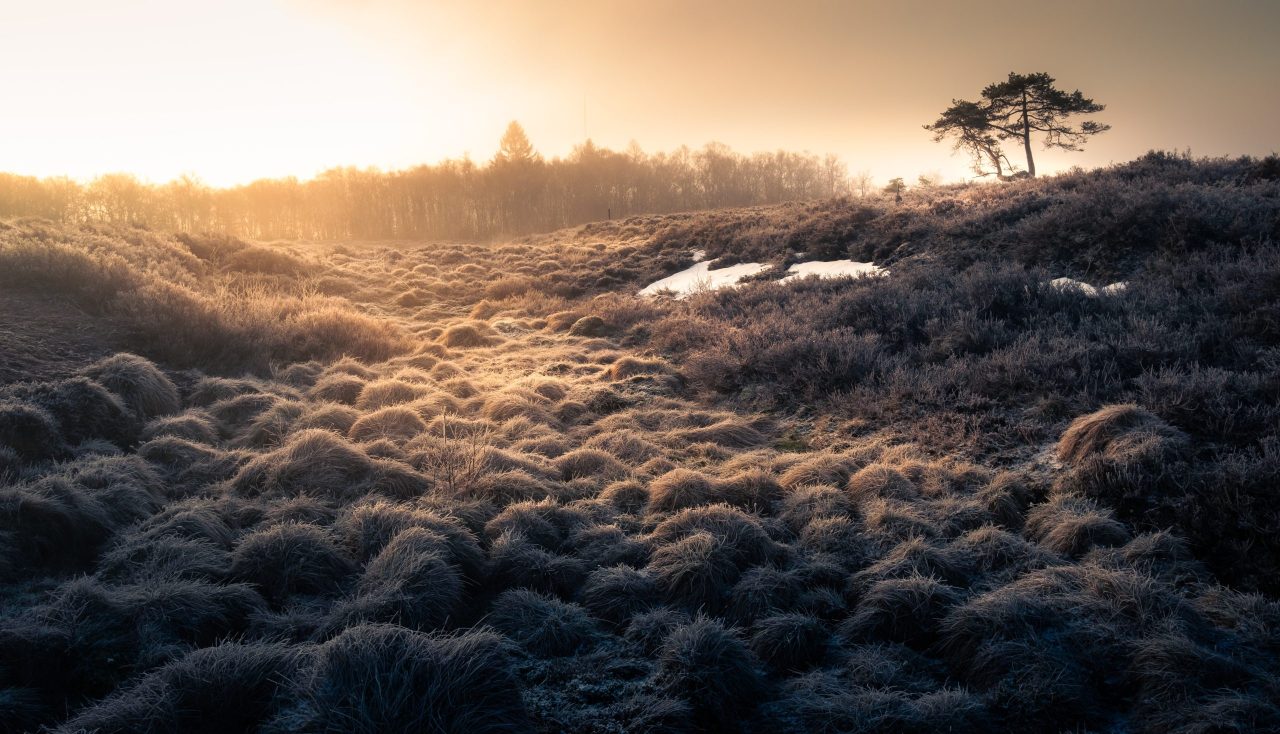Moors are an important type of habitat for biodiversity and ecosystem functioning, providing a range of benefits for both humans and the environment. Here are some of the main reasons why moors are important:
Biodiversity: Moors are home to a wide range of plant and animal species, many of which are adapted to the harsh and acidic conditions of the habitat. Some of the key species that depend on moors include heather, bilberry, bog mosses, and a variety of birds, such as the red grouse and the golden plover. Many of these species are threatened or endangered, making moors important for their conservation.
Carbon storage: Moors are important for carbon storage, as they contain large amounts of peat (a type of soil made up of partially decomposed plant material). Peatlands are estimated to store more carbon per unit area than any other ecosystem, making them an important carbon sink.
Water regulation: Moors play an important role in regulating water flows and reducing the risk of flooding. The peat in moors can hold large amounts of water, which can be slowly released into rivers and streams, reducing the risk of flash floods.
Cultural heritage: Moors have a rich cultural heritage, with many areas of moorland having been shaped by centuries of human activity, such as grazing, hunting, and peat cutting. This heritage is important for maintaining cultural traditions and connections to the land.
Recreation: Moors provide important recreational opportunities for people, such as hiking, bird watching, and hunting. This can help support local economies and promote tourism.
Overall, moors are an important type of habitat for biodiversity and ecosystem functioning, providing a range of benefits for both humans and the environment, including carbon storage, water regulation, cultural heritage, and recreation.
